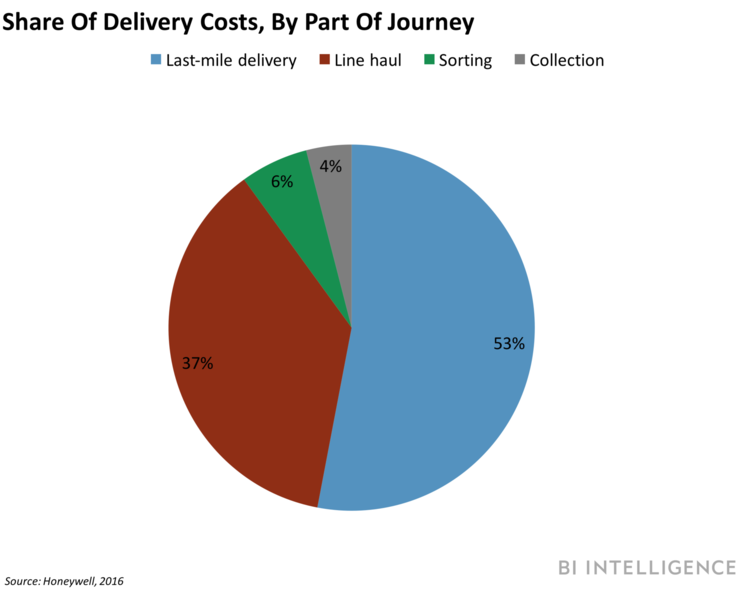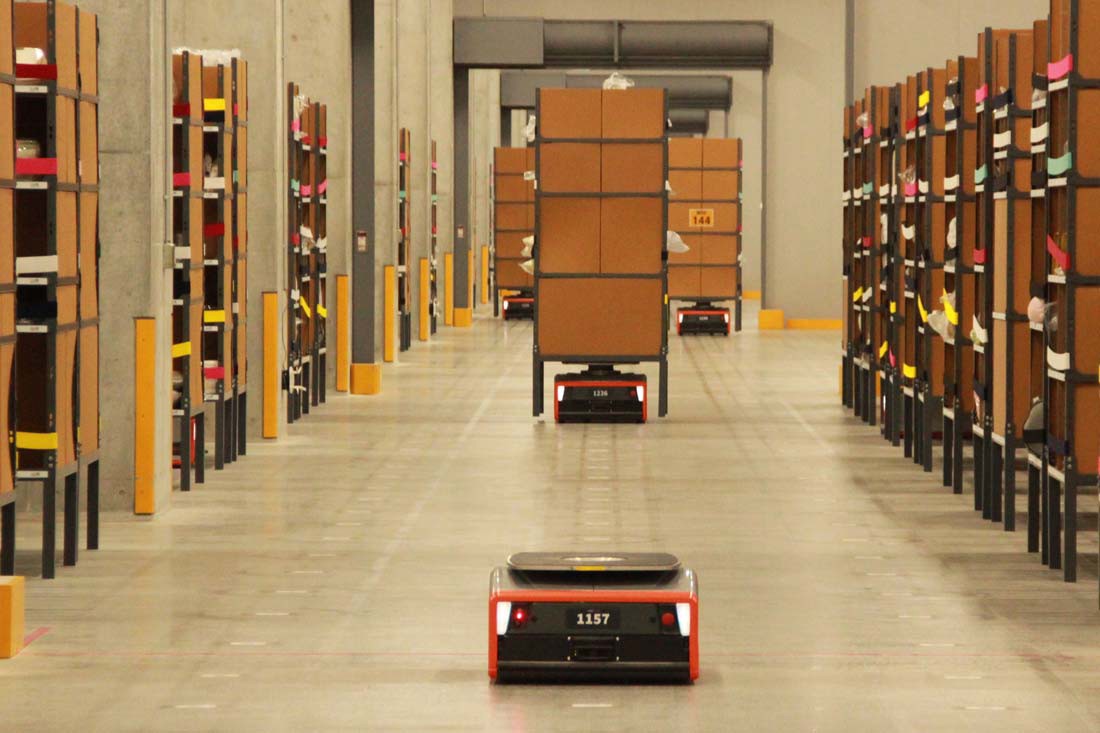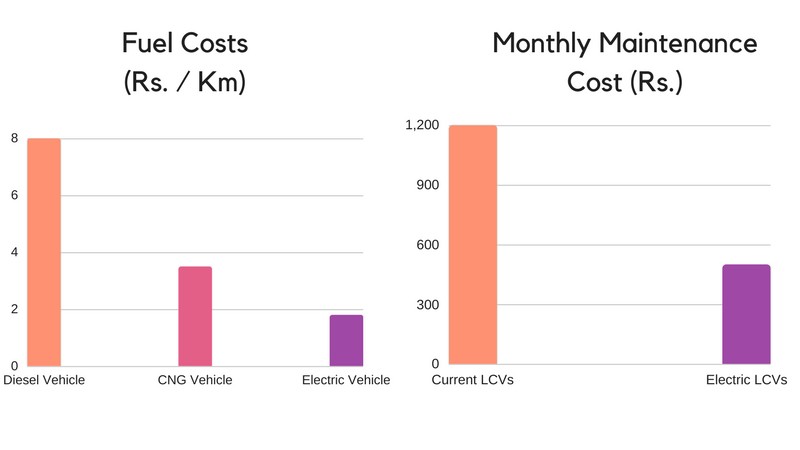 Back
Back
You can look at the total cost of a delivery and break it down neatly into three broad categories — line haul, warehousing, and, of course, the last mile delivery.
It is no surprise that the last mile in logistics is responsible for a large part of the overall costs, in e-commerce, for example. Naturally, optimizing costs is a large part of all that we do here at Shadowfax.

Last week, the Ministry of Commerce announced a national logistics platform to cut down the cost of logistics in India. The news motivated us to reevaluate the trends that are helping cut costs at various stages in the logistics value chain. Here goes.
Long-haul logistics costs, which include the money spent on bringing the goods from factories outside of our cities to local warehouses, account for 30 to 40% of the total logistics costs. Nearly 60% of all freight moves on roadways, which are prone to long and irregular lead times, often due to poor infrastructure. Alternate modes like waterways are highly underutilized in India.
A quick summary of India’s Multimodal Logistics Parks. Courtesy: Press and Information Bureau (PIB) India
The Government of India is setting up multimodal logistics parks at 30+ locations across the country to make inland logistics more efficient. Here, businesses will have access to all modes of transportation- roadways, railways, air, and waterways. These “super-connected” logistics parks are expected to encourage the use of sensors, tracking devices, and RFID tags for which will help businesses make better decisions about routing, staffing, and warehousing.
Among many others, two factors majorly govern the adoption of automation in the warehousing industry — the size of the warehouse and the local cost of labor. The consolidation of warehouses after GST takes care of the former. Once the warehouses grow in size, it is a logical next step to automate mechanical tasks like sorting and collecting to speed up operations, avoid human errors, and bring down the costs associated with warehousing.

The current cost of labor, on the other hand, still prevents the adoption of automation technologies. A large majority, an estimated 90%, of Indian warehouses run in the unorganized market and keep the labor costs artificially low. Use of the Internet of Things (IoT) technologies will also transform traditional warehouses into smart and intelligent ones. It’ll be interesting to see how quickly this trend can spread across the industry.
Tools leveraging data and artificial intelligence are helping devise smarter routing systems as well. For instance, Shadowfax’s location processing engine, Frodo, analyses supply in the area in real time, calculates average order service time, and assigns a delivery partner who is familiar with the location, in near-time. This ensures that the order is picked up and delivered promptly to the customer.
Technologies like electric vehicles and alternative fuels in general can further bring down the costs associated with deliveries
 Electric Vehicles are most economical for delivering goods at the last mile.
Electric Vehicles are most economical for delivering goods at the last mile.
In addition, we have earlier written about micro-fulfillment as a futuristic trend that is transforming the kirana stores into micro-warehouses located closer to the customer. This can bring about a dramatic drop in the lead time and cost associated with last-mile deliveries.
Hash Tags :
#shadowfax #lastmiledelivery #logisticservice #ev #electricvehicles #deliverypartner
